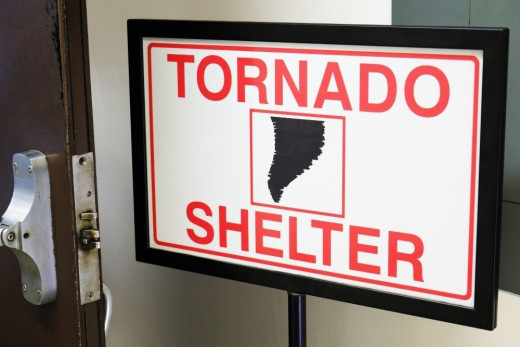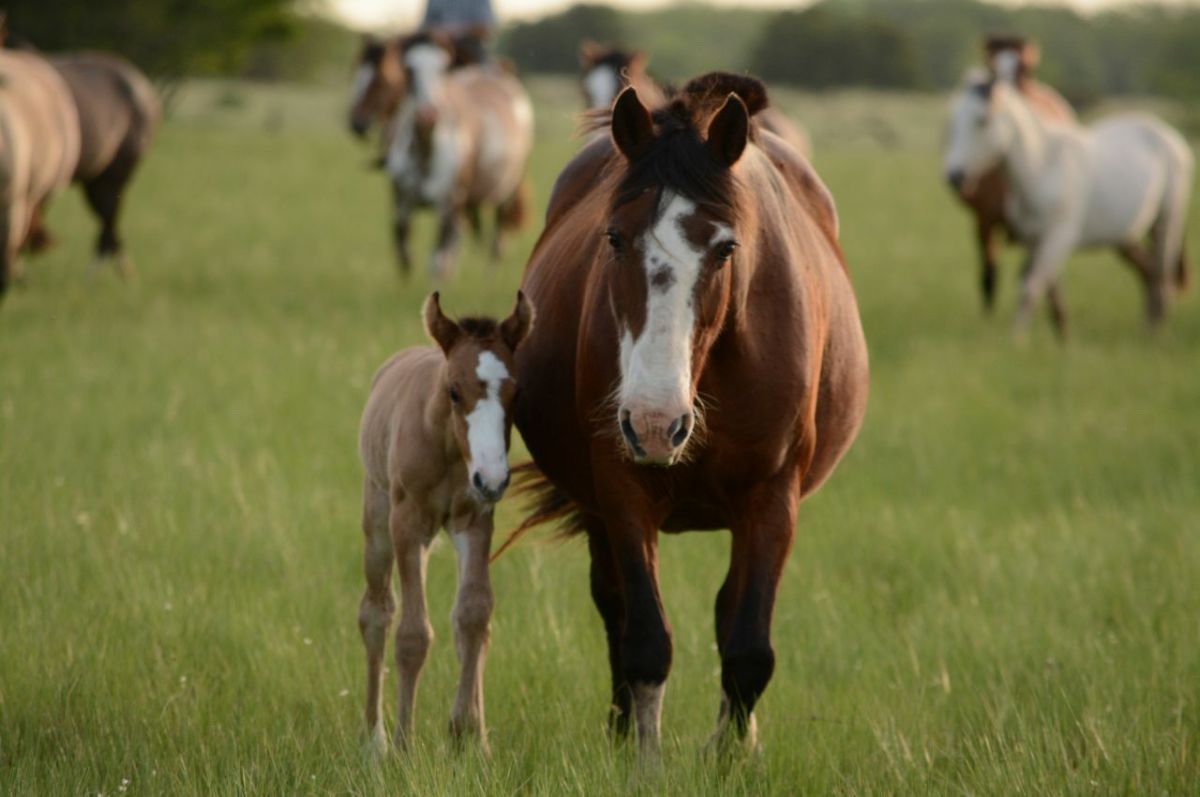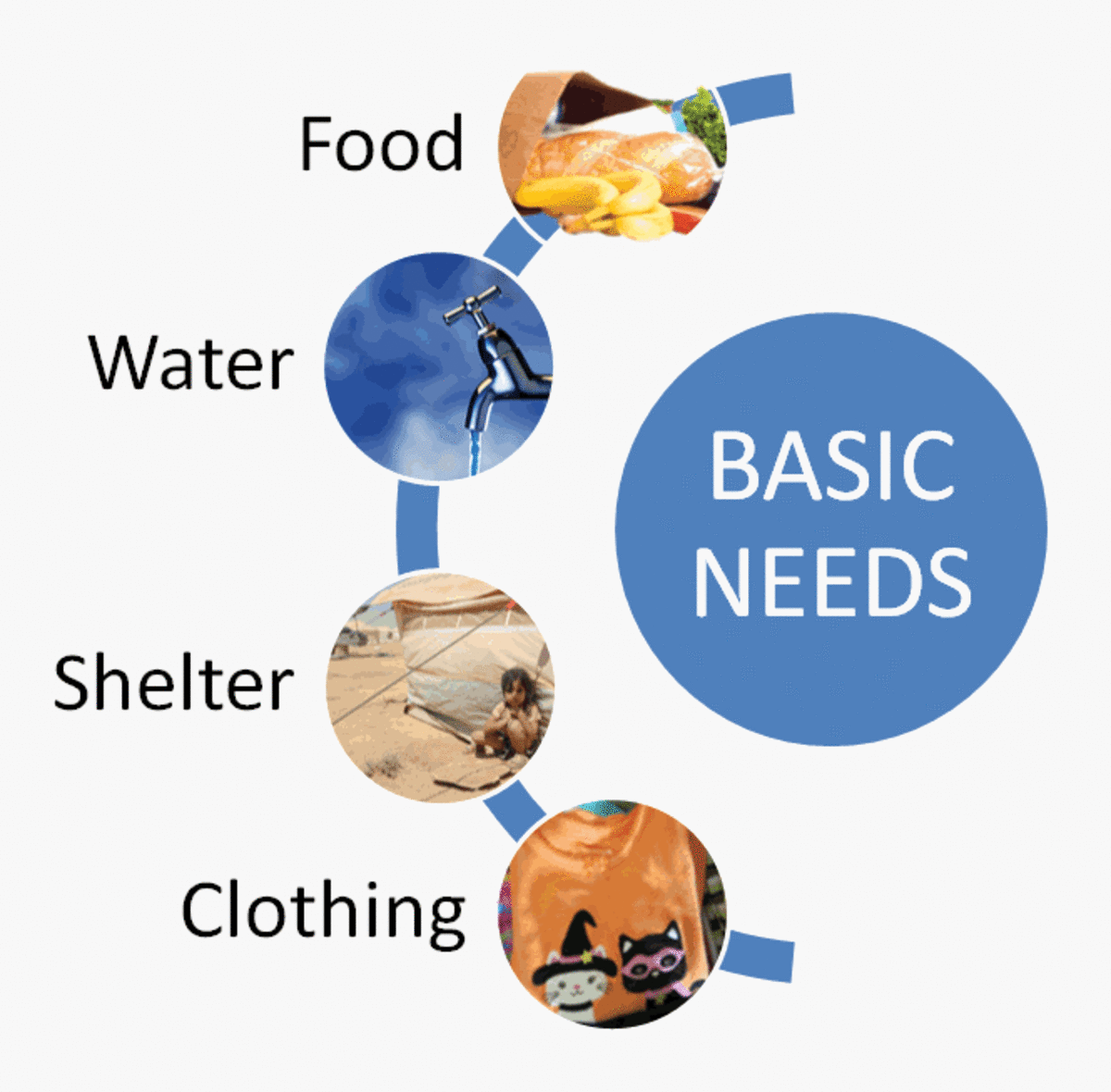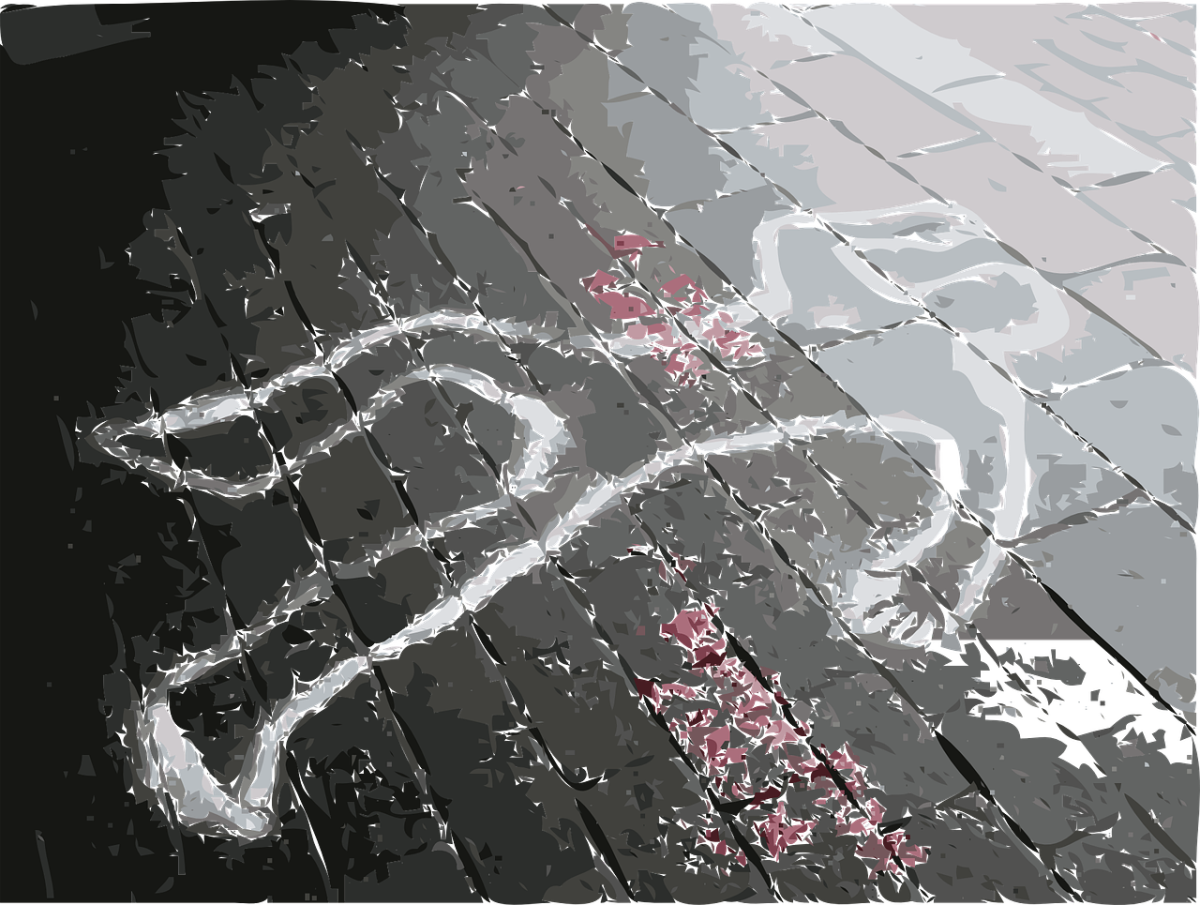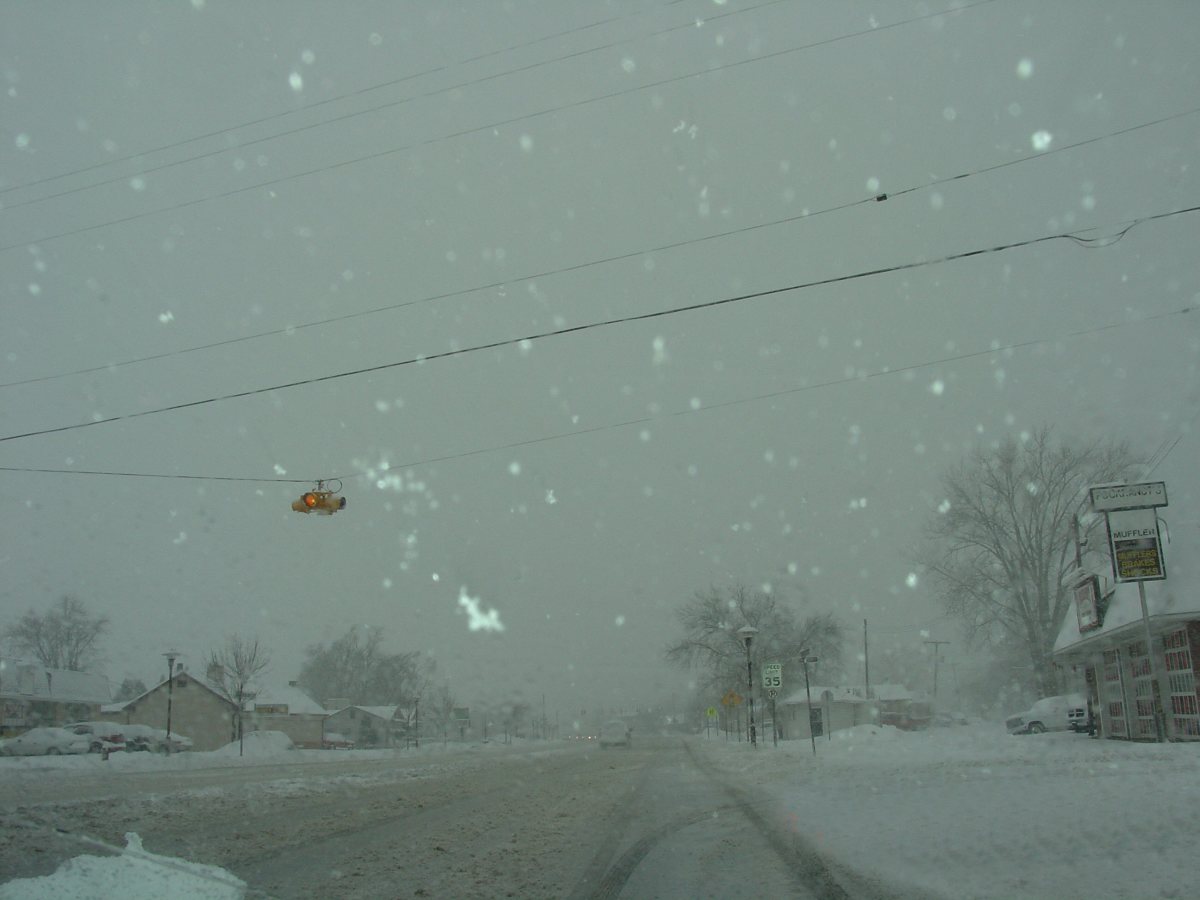Preparing for an Emergency
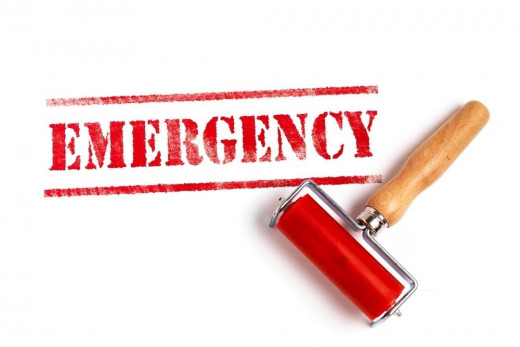
Learning to survive a disaster is an important skill to acquire considering the number of natural disasters that have occurred all over the world in the last couple of years. Are you prepared?
In order to survive a disaster you will need to learn the right skills and you will need to acquire and maintain an emergency survival kit.
As well you will want to create a plan of action that will help you and your family cope with a natural disaster.
More people get sick or die after a natural disaster because they don’t have the right equipment or more importantly enough clean water and food to survive until the emergency is over or until they are rescued.
When a natural disaster occurs very often electricity is lost, gas and water lines are ruptured, stores run out of food or are too damaged for anyone to get to the food.
As a result, having an emergency plan and the right amount of food and water and a property shelter for your family will become very important.
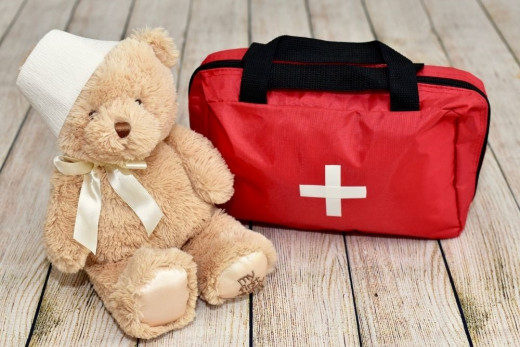
Emergency Kit
Get a Kit or Make Up a Kit
In order to survive a natural disaster, you will want to have an emergency kit on hand.
Make sure that it is stored in a location that will be easy to get to when you need it.
This could be the trunk of your car, in your front hall closet, or even your bedroom closet.
You will want to have enough water for each of your family members that can last for up to three or four days.
72 Hour Emergency Kit

Recommended Items To Include In Your Basic Emergency Kit:
- Water, one gallon of water per person per day for at least three days, for drinking and sanitation
- Food, at least a three-day supply of non-perishable food (canned meats, fruits and vegetables, protein or fruit bars, dry cereal or granola, peanut butter, dried fruit, nuts, crackers, canned juices, etc.)
- Can opener for food
- Battery-powered or hand crank radio and a NOAA Weather Radio with tone alert and extra batteries for both
- Flashlight and extra batteries First aid kit
- Whistle to signal for help
- Dust mask, to help filter contaminated air
- Plastic sheeting or a tarp as well as duct tape to make a shelter
- Moist towelettes, garbage bags and plastic ties for personal sanitation
- Wrench or pliers to turn off utilities
- Cell phone with chargers, inverter or solar charger
Emergency Kit for Your Pet
If you have a dog, cat or other pet in the home, it is important that you have an emergency kit for them as well.
The kit should contain a towel, pet food and dish, water and bowl, a leash, toys and medicine (if pets take any). Keep the kit stored next to your home emergency kit perhaps in a box or small plastic container so it is easy to take with you if you have to evacuate your home.
Pet Emergency Kit

Extra Items To Consider For Your Emergency Kit
Once you have all the basic items for your emergency kit, you might want to consider other items that could help you survive the disaster more comfortably or if necessary for a longer period of time.
These items could include the following:
- Prescriptions and medications as well as an extra pair of eyeglasses
- Food and formula for infants
- Pet food as well as water
- Paper plates, plastic utensils, paper towels, toilet paper
- Copies of insurance policies, identification paper, and bank account records (store these in waterproof containers)
- Extra cash as banks and ATMs make not be accessible
- Books on first aid and other survival information
- Sleeping bags or blankets (one for each of your family members)
- Change of clothing as well as an extra pair of shoes (don’t forget about coats or rain clothing)
- Chlorine bleach (can be used as a disinfectant)
- Fire extinguisher
- Matches (store in a waterproof container)
- Games, books, puzzles, coloring books, or other items for children
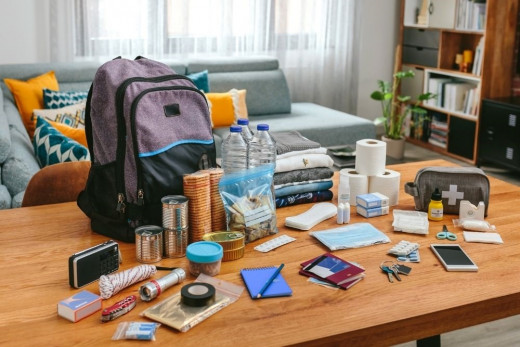
You might also want to consider the type of weather you have in your area because an emergency can happen at any time of the year and you need to be prepared for cold as well as warm weather.
The following items will be necessary especially during the fall or winter months if you live in colder climates:
- Heavy jacket or coat
- Long pants
- Long sleeve shirt, sweatshirt or sweater
- Sturdy shoes (hiking or rain boots)
- Hat, mitten/gloves, and scarf
- Extra blankets or three-season sleeping bag
An Introduction to Emergency Preparedness
Emergency Kit in Your Car
You never know when you might encounter a roadside emergency and even if you have roadside assistance, it might be that you haven’t any access to a phone and you will have to take care of the situation without help.
Having a basic roadside emergency kit can help to get back on the road again.
Make sure you check your kit from time to time to see that it is in good working order and that your spare tire is properly inflated, that the batteries are fresh, and that your first aid kit is current.
If you have food and water in your kit you will want to change out these items from time to time to keep them fresh.
The following are some basic items to include in your emergency kit:
- First-aid Kit
- Fire extinguisher
- Warning lights, hazard triangles, or flares
- Jack and lug wrench
- Foam tire sealant or plug kit
- Jumper cables or a portable battery booster
- Flashlight
- Extra cash ($20 to $30)
- Water
One important thing to take into consideration if you are a woman who generally wears heels when you are driving is to make sure you have a pair of sneakers and socks.
Also if you wear sandals on a regular basis. Having sneakers will make it easier if you have to walk for any length of time or if there is lots of debris on the road.
Winter Car Prep and Emergency Kit for Your Car
Roadside Car Emergency Kit

Some Things to Consider
It is a good idea to check your emergency kit from time to time to make sure everything is still in good shape.
You might need to make sure that nothing has been removed or past the expiry date.
It is best to store canned goods and packaged food in a dry place where the temperature is on the cool side. If you have a basement, make sure it is in the area the furthest away from your furnace.
Cold storage or a wine room would be ideal. Also, make sure any packaged food is in a plastic or metal container so that pests don't get into the food.
Check to make sure any canned food hasn't become dented or corroded. You might want to consider using these foods and then replacing them with new products.
Always add the new items to the back and then you can remove the older ones from the front of your stock.
Don't forget to cycle out batteries because they can lose their charge over time.
One great way to store your emergency supplies is in a large plastic garbage can. If it is the kind that comes with wheels it will make it easier for you to move your entire supply if you need to.
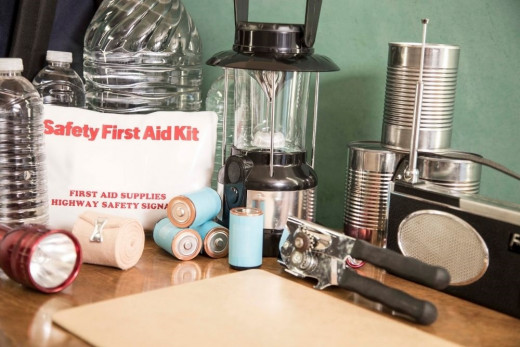
How to Have Hot Food During an Emergency
Given the number of disasters that have happened in the last few years, some without any warning, it would probably be a good idea to have something to heat food.
If the electricity or gas doesn't work what do you use to heat food or sanitize water?
There are a couple of solutions.
One solution to heat or cook food is to use a chafing dish along with cans of Sterno.
Or you can use a barbeque. Now if yours is damaged or too large to take with you should you have to leave your home, what do you use?
You might want to consider getting the collapsible grill. It is perfect to use during an emergency because it can use propane, charcoal, or wood.
There are some basic considerations that you will need to make. What fuel does it require?
Can you take it with you? What can you cook with and how many people do you need to cook for?
Emergency Survival Situation: Hot Food Easy
Preparing for An Emergency Links
- Ready.gov - Prepare. Plan. Stay Informed.
The Ready Campaign of the Federal Emergency Management Agency, educating and empowering Americans to prepare for emergencies including natural disasters and potential terrorist attacks. - CDC Emergency Preparedness & Response Site
The CDC Emergency Preparedness and Response website is CDCs primary source of information and resources for preparing for and responding to public health emergencies. - Is your family prepared?
In an emergency, if phones dont work or families arent together, what will you do? Check out our video, Making a Family Emergency Plan.
In-ground Tornado Shelter
One of the best ways you can protect yourself and your family when a tornado hits is by having a tornado shelter you can trust to keep you safe.
For your safety and the security of your family, you must have a plan for a protected spot in your house in the event of a tornado.
One of the most secure areas to be once a tornado hit is in a storm cellar. Or it is easy to put up a pre-manufactured storm shelter which you can set up by yourself or have one installed professionally.
You can additionally construct your own storm shelter. If you choose to do this it is essential that you explore the suitable materials to use in order for the shelter to be effective.
One can have storm shelters built into their residence or set in the ground close to the house.
They additionally come in a variety of sizes, so you will want to consider the dimensions of the shelter in terms of the needs of your family.
If you live in a trailer, it is especially critical that you have a storm shelter or know of a community shelter close to where you live so it is easy to take cover should a tornado strike your area.
